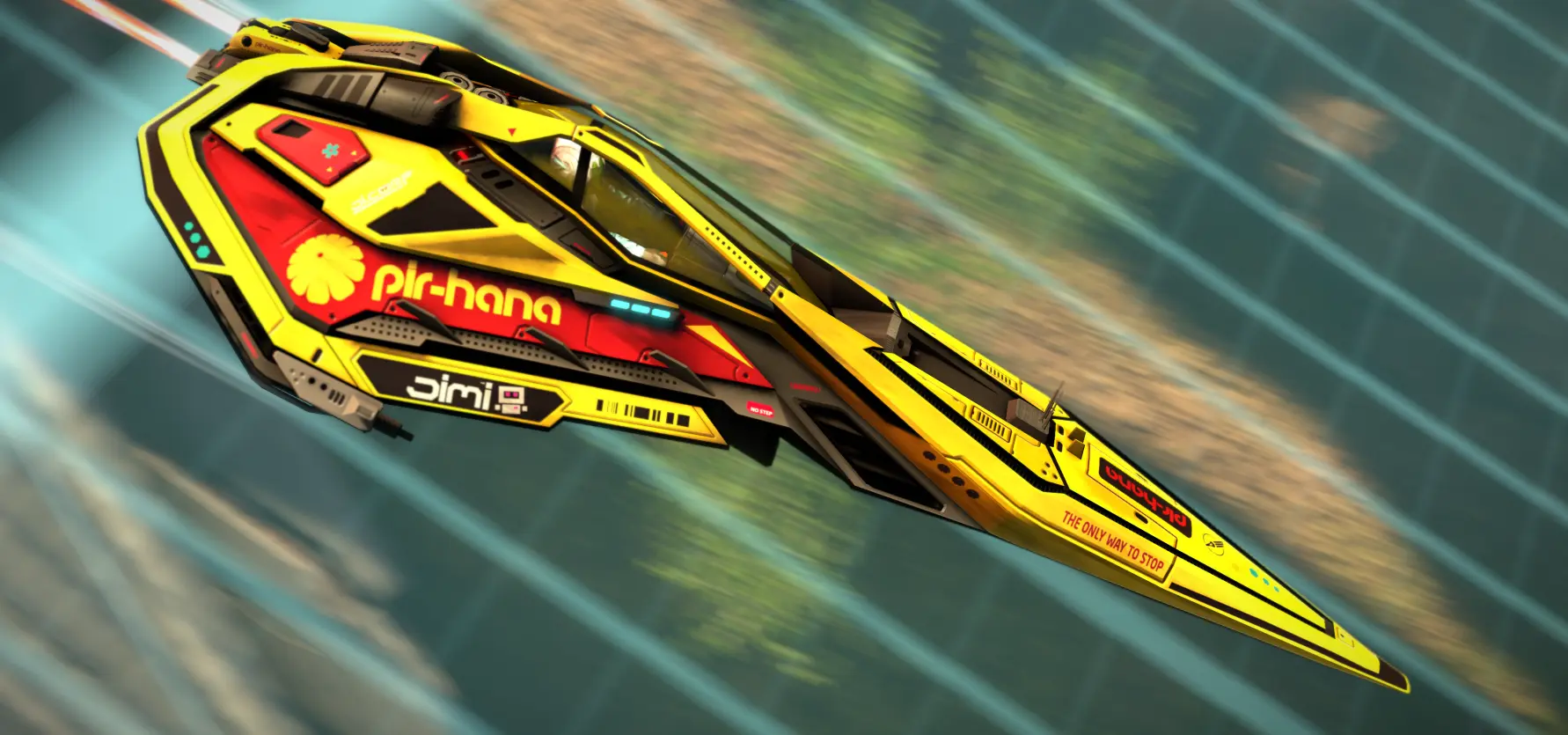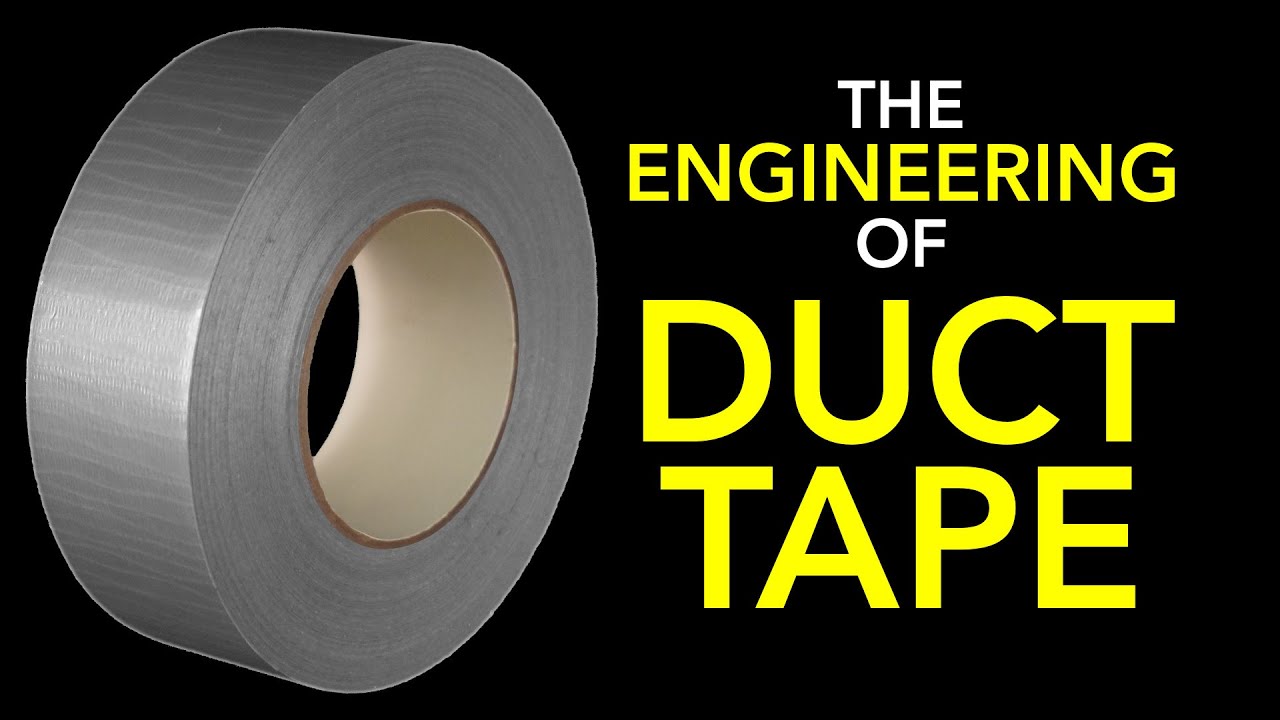My current setup is a universal mount with a Fenix E35, just your typical (expensive high-performance) cylindrical flashlight. I keep it dim, but it gets ridiculously bright if I do need something to see by.
For the rear I use a Fenix LD15R. It’s a little clip-on light that I put on my backback. It’s perfect because it’s wearable and can shine red, not just white.
Before this, I was really happy with a set of lights from knog. Two wearable knog plus lights, to be specific. I used to clip them on my person instead of onto the bike, that way I never worried about mounting or forgetting them on the bike to be stolen. They do also come with a magnetic mount that you can rubber-band onto your bike, helmet, or whatever else the clip wouldn’t work for.
Knogs “gimmick” on a lot of their lights is built-in usb A contacts. The lights can be charged by plugging them in like usb drives into any usb port or charger.
For “be seen” lights knog has great options, and while there are cheaper lights, my knog lights lasted. They kept working for years of daily use, and I didn’t replace them because they didn’t work. Only because I didn’t want to keep charging them every two days with how much cycling I was doing.
Since they’re capable of high brightness, the Fenix lights last weeks at dim “be seen” brightness.
Edit: OH! And if you didn’t think of it yet, the most cost-effective visibility upgrade might be retro-reflectors. I got a roll of reflective vinyl tape for 10 euros at a local bike store, and put some tasteful strips of it on my frame and rims. Even the tiniest amount of light makes them glow. Most of all, they make it extremely obvious what I am and where I’m going.



















It’s not permanent. At least it wasn’t for me.
Ripping youtube or ytm will cause them to ratelimit your ip and/or account (media not available error).
For me, access was restored after 48h.
It was really inconvenient, so I found other ways. A mix of buying whats available on bandcamp, and ripping qobuz using a trial account (which btw is so much faster, ytm was taking days to rip just a couple artists).
I use Symfonium with Jellyfin for music now, if you tag everything with Picard, the “smart” playlist capabilities are competent.
Still pop into ytm to discover new stuff, tho.